Delicious Japanese Fruits from Different Regions
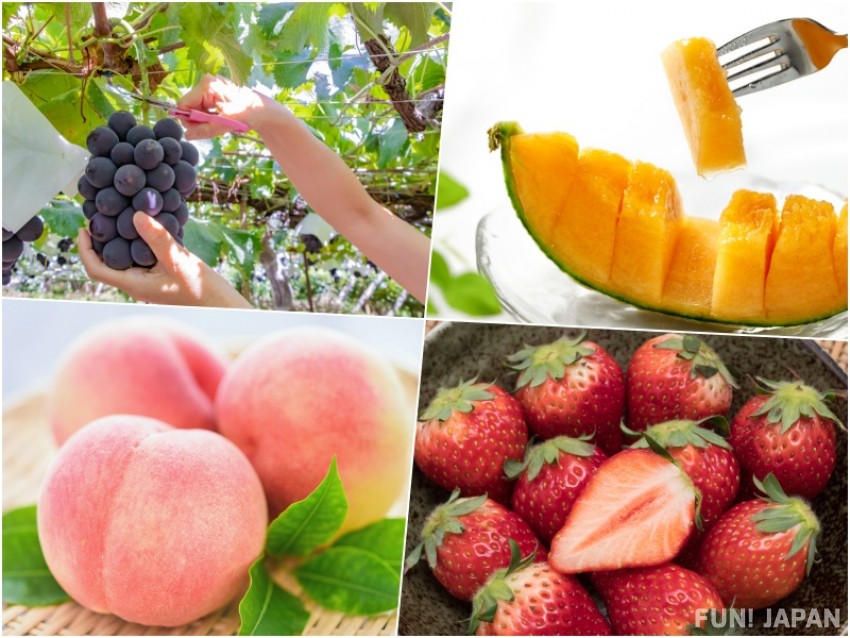
Japanese fruits are known for their high quality around the world, but actually only about 12% of the country’s land is used as farmland. Even in such small areas, unique fruits are produced and developments continue improving the varieties in certain prefectures. Today let's take a look at the fruits of each prefecture in Japan, which tourists should definitely try out.
Hokkaido: Yubari Melon
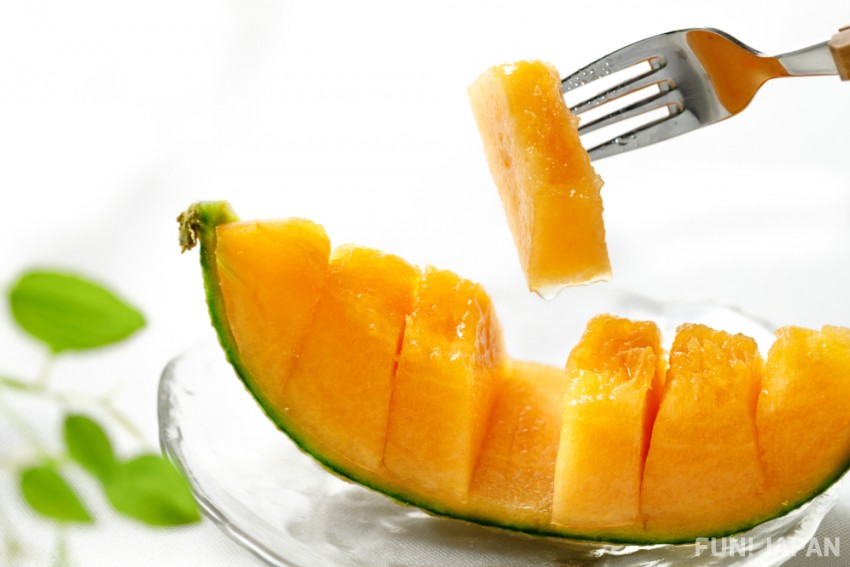
Several of the most produced fruits in Japan are from Hokkaido, including fruits like Hascups, Currants, Seaberries, Raspberries and Rubus. However, Yubari melon stands out as a must-eat for tourists. Yubari Melon is known for its bright orange flesh. In Hokkaido, you often see sweets like Yubari melon cakes, parfaits, and other sweet souvenirs. A good Yubari Melon has its outer net patterns thick and raised, and when you lift it, it feels much heavier than it looks. It ripens quickly, so to enjoy it at its best, it is recommended that you chill it in the refrigerator for a few hours before eating.
Aomori: Apples
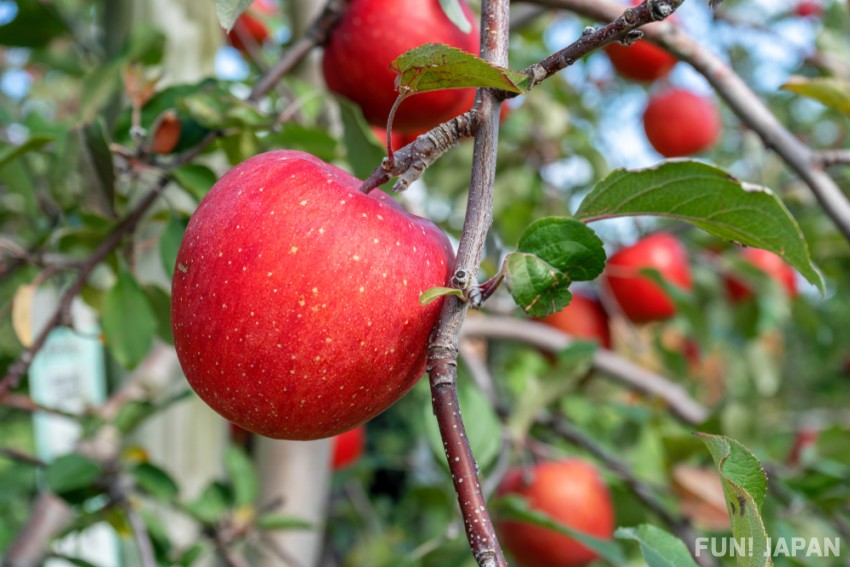
Apples are a fruit that can be seen all around the world, making it a general fruit. There are around 15,000 types of apples around the globe, with around 2000 types in Japan. In Aomori Prefecture alone about 50 different types of apples are grown. Produced through repeated breeding, these apples have a gentle sweetness to them. Golden apples are a specialty of Aomori. Hirosaki City makes up 40% of the apple cultivation area in Aomori Prefecture. They offer a variety of souvenirs and treats made from apples, and even have an apple pie map - perfect for visitors on a journey to try every type of apple pie!
Yamagata: Cherries
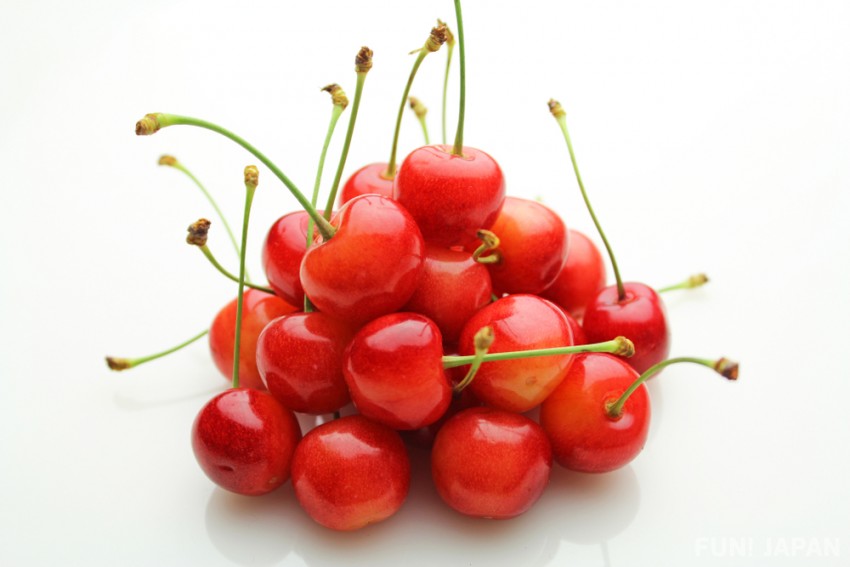
Yamagata Prefecture is home to 70% of the cherries produced in Japan. Every year, during cherry season, many tourists both domestic and from abroad come to enjoy these cherries. Among the varieties, the "Sato Nishiki (佐藤錦)" kind are known as the best tasting cherries.
Japanese cherries are of very high quality, and this is because it is said that each single cherry is carefully grown. The pollination combines a method using free-range honeybees and each cherry is cleaned by hand. Without proper sunlight the cherries do not become vibrant in color, so the leaves around them are picked everyday to make sure they get enough sun. When harvest time comes, each and every cherry is carefully checked and carefully lined up in their packs. It's a finish that takes a lot of effort to make it look beautiful.
Tochigi: Strawberries
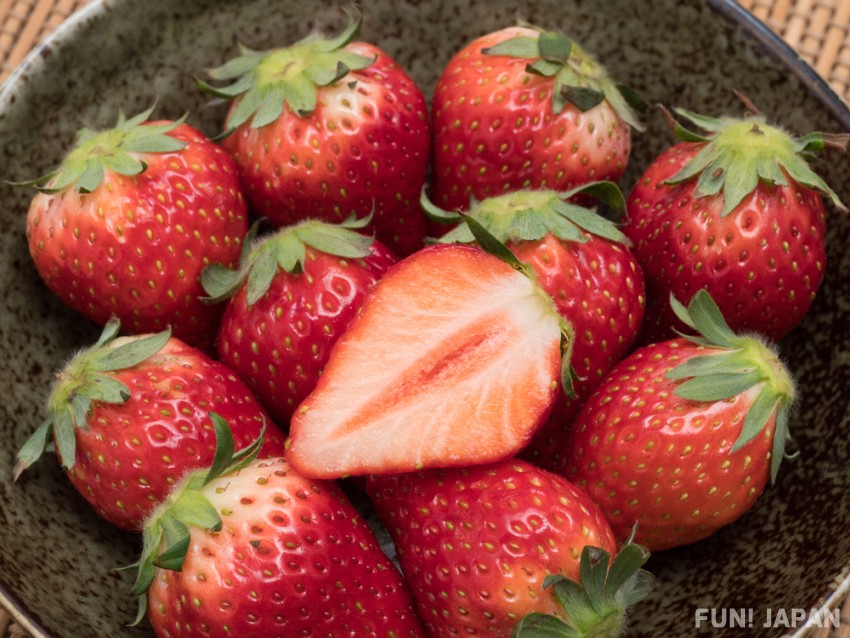
Tochigi prefecture has far reaching fertile lands and clean water that flows through Nikko and Nasu. The large temperature difference between day and night helps produce delicious strawberries here. Strawberry season is typically in the spring time from May to June. However, Tochigi Prefecture makes full use of various techniques to produce and ship high-quality strawberries between November through May. In early spring, many people from around Japan and abroad come to visit Tochigi prefecture to pick strawberries. These strawberries are known for their sweetness and the fruit sizes vary from large to small.
Yamanashi: Grapes, Peaches
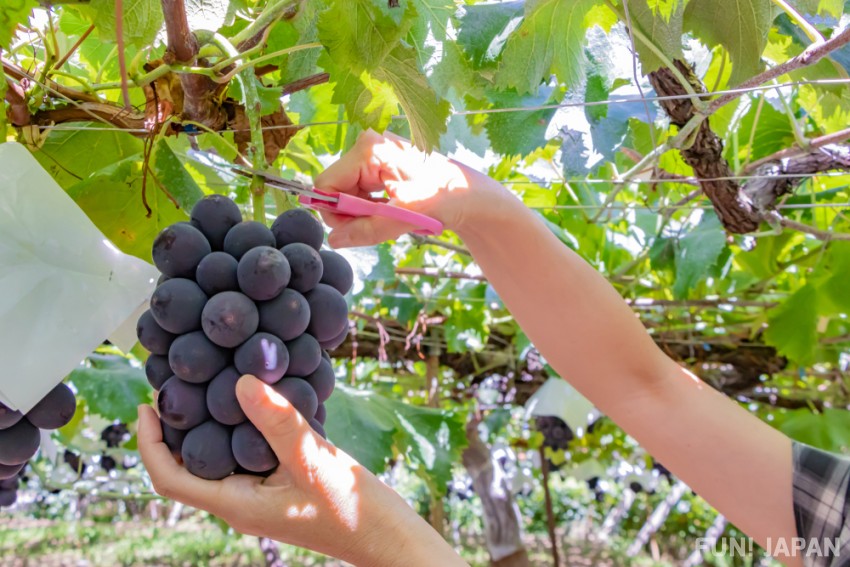
Yamanashi Prefecture produces over 25% of the country’s grapes. During the harvest season, many domestic and foreign tourists visit to pick grapes. Yamanashi is also the number one prefecture for wine in Japan, producing about 50% of the national market share. A variety of grapes are available from Yamanashi including Kyoho (巨峰), Delaware, Pione, Shine Muscat, Rosary Bianco, Kaiji (甲斐路), and Koshu (甲州) grapes.
Yamanashi also produces the most peaches in Japan. Their peaches are known to be sweet and juicy with a smooth texture. Hakuou (白鳳) and Asama Hakuto (浅間白桃) are the must try varieties.
Wakayama: Persimmons, Mandarins
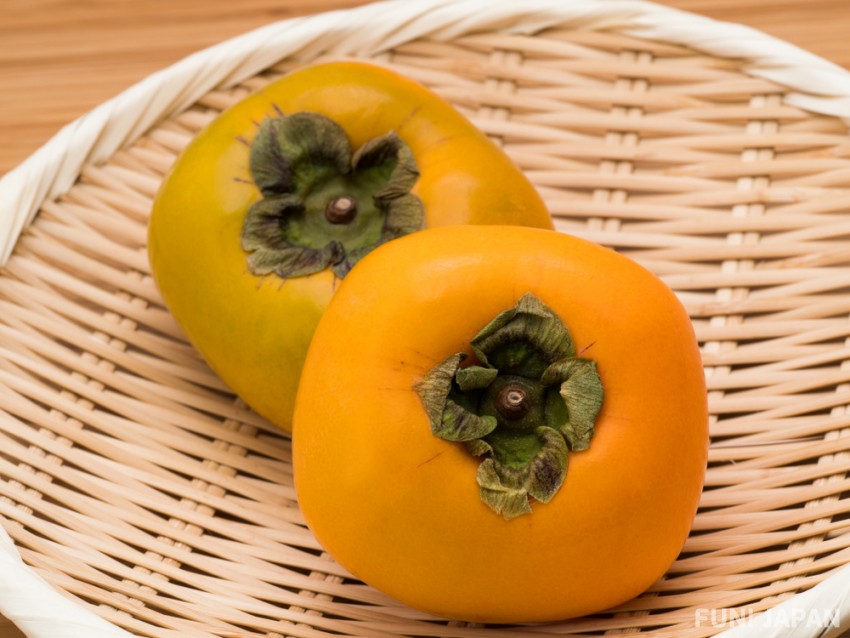
In Japan there is a saying, “When the persimmons turn red, the doctors turn blue.” Persimmons are nutritious fruits, so eating them can help maintain your health. They contain various vitamins such as vitamin C, carotene, tannins, and other minerals. Tannin, which is the persimmon’s source of astringency, helps break down alcohol and relieves headaches, so it’s the perfect fruit for a hangover. Dried persimmons are also an old and traditional fruit snack.
Along with persimmons, Wakayama boasts being the prefecture that produces the most mandarin oranges. Within Wakayama, mandarin oranges from Arida City have been popular since ancient times, with a history of 450 years! The warm climate the land has and the little rain it gets throughout the year helps produce small but sweet and juicy oranges.
Kumamoto: Watermelon
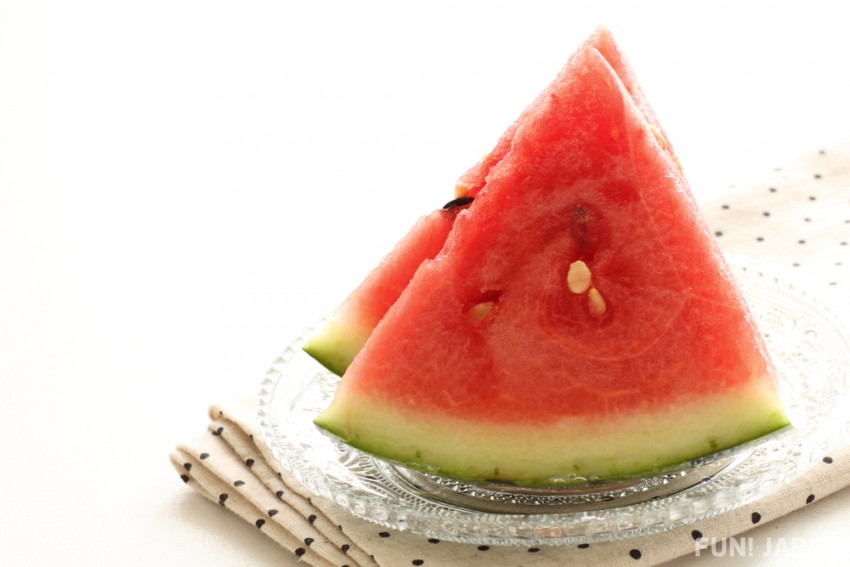
Kumamoto is known for being the prefecture producing the most tomatoes and watermelons in Japan. Watermelons large in size are typically popular, but recently smaller sized watermelons have been growing in popularity as well. Most of these are grown in greenhouses. For delicious watermelons to grow they require high temperatures and strong light, and a big temperature difference is known to help them grow. Kumamoto Prefecture meets all of these requirements!
